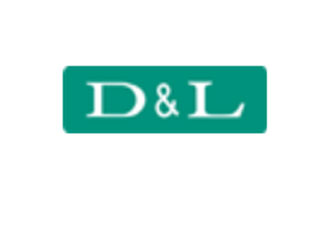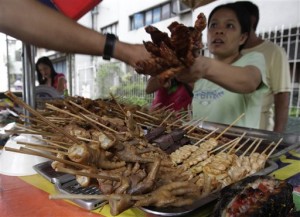
Chemical and food ingredient manufacturer D&L Industries grew recurring net income by 12.3 percent year-on-year to P744 million in the first quarter, in spite of the flat profit seen from one-third of its business, a top official said.
According to materials provided to media on Thursday, the company’s net income could be broken down into three main drivers: food ingredients (accounting for 33 percent), oleochemicals and other specialty chemicals (32 percent), and specialty plastics (27 percent).
Its food ingredients segment saw flat growth in the first quarter of the year, as revenues under the segment fell by 11 percent year-on-year.
The company’s three other main line of businesses — oleochemicals and other specialty chemicals, specialty plastics, and aerosols — saw an increase in both revenues and net profit.
“Two-thirds of our income is from non-food. Food is very important for us, of course, [accounting for our] biggest income segment, but we are not just dependent on food,” said D&L president and chief executive officer Alvin Lao in a press briefing.
The high-margin specialty product (HMSP) segment – which refers to products priced higher such as those tailor-fit to the needs of institutional bulk buyers – accounted for a larger portion of the company’s revenues at 64 percent compared to 58 percent at full-year 2017. HMSP volume growth of 13 percent was also higher than the historical average of 7 percent.
The company’s commodity business accounted for the remaining 36 percent of revenues, after seeing its margins improve in the first three months of the year.
Blended commodity margins stood at 6.5 percent in the first quarter from just 3 percent in the same period last year. As a result, overall gross profit margin for the company expanded by 1.2 percentage points (ppts) year-on-year to 17.9 percent.
Exports — whose revenues are almost equally accounted for by food, chemicals, and specialty plastics — contributed 22 percent to the company’s total revenues.
While revenue sales dropped 5 percent, the company, in its press statement to the local bourse, said this normalized the above-average growth last year.
Amid a strong domestic market for their products, Lao attributed the decrease in export revenues to the decline in coconut oil prices, which he said have fallen over 20 percent since last year.
“This has had a very big impact on revenues. When coconut oil prices are down so much, you would see revenue prices down as well. That’s another reason why our export revenue is down slightly,” he said.
Nevertheless, he said the company still expects exports to eventually account for half of D&L’s total sales.


